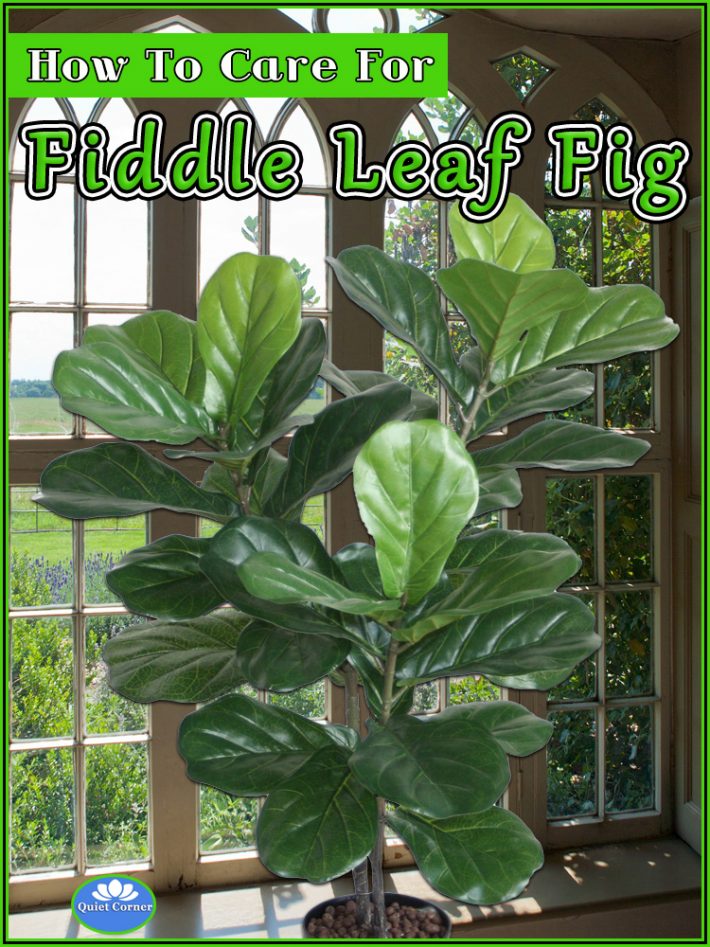
Many plants that offer a beautiful and elegant look in the house are also easy to grow, such as Fiddle Leaf Fig (Ficus lyrata). In this growing guide learn everything you need to know about growing a healthy Fiddle Leaf Fig plant in your home, including care, the right growing requirements, repotting, propagation and fertilizing!
Distribution and habitat
Ficus lyrata is a species of fig tree, native to western Africa. It grows in lowland tropical rain forest. It is a banyan fig meaning that commonly starts life as an epiphyte high in the crown of another tree; it then sends roots down to the ground which envelop the trunk of the host tree and slowly strangle it. It can also grow as a free-standing tree on its own, growing up to 12–15 m (39–49 feet) tall.
Description
Fiddle Leaf Fig is the fiddle leaf fig – so called because of its violin-shaped, puckered leaves. The leaves are variable in shape, but often with a broad apex and narrow middle, resembling a lyre or fiddle; they are up to 45 cm (18 inch) long and 30 cm (12 inch) broad, though usually smaller, with a leathery texture, prominent veins and a wavy margin. The fruit is a green fig 3 cm (1 inch) diameter. For the indoor plant, the leaves can be as much as 38 cm (15 inch) long and 22 cm (9 inch) wide with wavy edges. The plant tends to remain single stemmed. It can be forced to divide, however, by removing the growing tip.
Fiddle Leaf Fig as a Houseplant
Fiddle Leaf Fig grown as a houseplant in temperate areas, it usually stays shorter and fails to flower or fruit.
To control its height keep the fig in a small size container (an applicable size container, see potting and repotting section) and prune off the top of young plants. By pruning the top will encourage them to promote branching and enable the control over its growth and its shape in the same time.
Trimming or pruning the fig will cause bleeding milky sap that can leave stains. Also the sap is mild toxic and can cause skin irritations in same cases. Use caution when handling the figs.
During the warm season the houseplant fig can be relocated outdoors into a shady, brightly lit patio. Accommodate the plant to brighter position and avoid the direct sun light, that can cause leaf scalding.
The Fiddle Leaf Fig can tolerate a great deal of abuse but will drop foliage if not minimally maintained.
Light
Fiddle Leaf Fig will need bright indirect light year-round. Move it a quarter turn every week or so to expose all sides to light for a natural upright growth.
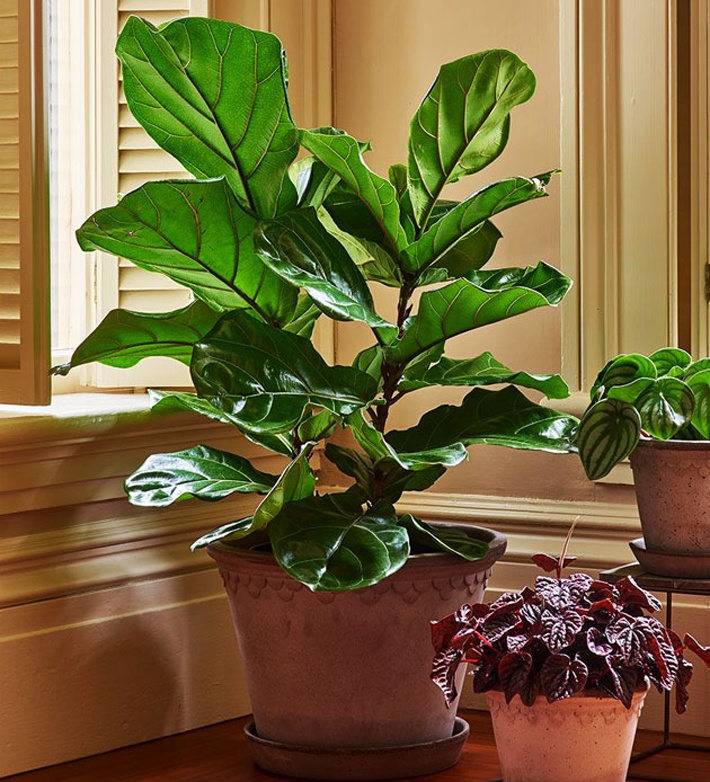
Temperature
Fiddle Leaf Fig likes constant warmth – not less than 16°C (60°F) in winter. It prefer humid atmosphere, which will be partially provided by other plants if it is growing in a group, but sinking the pot in damp peat will also be of benefit to the plant.
Mist frequently to increase humidity and wipe the leaves occasionally with a damp sponge. In warm temperature provide plenty of ventilation.
Water
Water freely during the active growth period, but avoid water-logging, allowing the potting mixture to dry out slightly in between waterings. Water sparingly during the resting period. Always use tepid soft water.
Drooping yellow lower leaves are a sign of overwatering.
Fertilizing
Feed with a liquid fertilizer every two weeks during the active growth period only.
Potting and repotting
Use a soil based potting mixture. Do not overpot; these plants like slightly cramped root conditions. Move plants into pots one size larger when repotting is clearly necessary – as indicated by the emergence of a lot of root through the drainage holes and probably by the appearance of a network of fine roots on the surface. Repoting is best carried out in spring. When the maximum convenient pot size has been reached, top-dress the plants annually – in spring – with fresh potting mixture.
Fiddle Leaf Fig in your Garden
Fiddle Leaf Fig is a popular ornamental tree in subtropical and tropical gardens. It is frost tender. If planted in the ground the Fiddle Leaf Fig will grow into a large tree however if contained in a pot in a protected shady position its growth can be easily contained.
To encourage lush new growth or more branching, prune branch tips in late winter just before new leaves emerge and temperatures warm. When pruning large outdoor fig trees, wear eye goggles, long sleeves and gloves to prevent sap from dripping onto face or mixing with sweat and reaching sensitive skin, wounds or eyes and mouth.
In big Fiddle Leaf Fig trees there are some aerial roots produced from the branches.
Position
A full to partial sun exposure is ideal, where sunlight reaches the plant at least 6 hours daily.
It will grow moderately fast in full sun or partial shade.
Soil
Plant the Fiddle Leaf Fig in a fertile, well-drained soil that is moist in the warm months of the year.
Water
Irrigate the tree’s root system to supplement natural rainfall, especially in the warm months from spring to fall when the tree actively grows new leaves and lengthens stems. Mulch the soil under the tree’s canopy to conserves soil moisture, reduces weeds, moderates soil temperatures and as the mulch decomposes, supplies trace nutrients to the roots.
Fertilizer
Use a slow release granule fertilizer in spring and mid-summer.
Propagation
Fiddle Leaf Fig is usually slow to root from cuttings because water loss in very great throughout its big leaves. Another possible method of propagation is air layering, that will take a great deal of time and care.
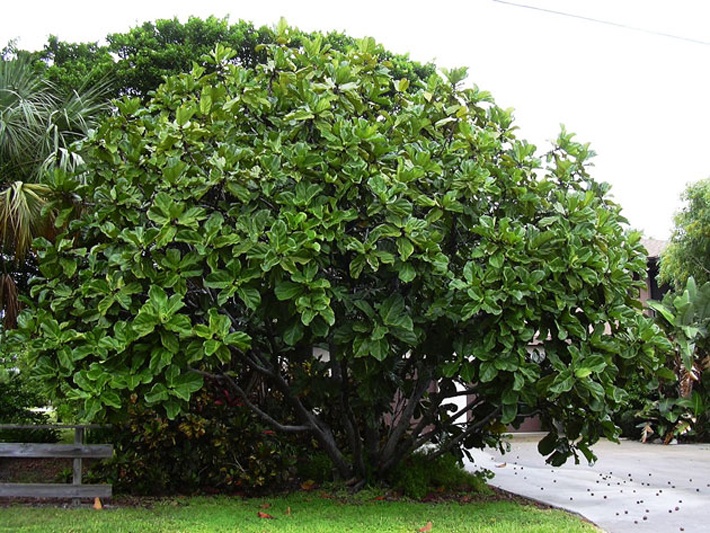
Fiddle Leaf Fig Problems
Red spider mite, scales and mealy bug attack the Fiddle Leaf Fig. Webbing between branches and leaves is a sign of a spider mite invasion.
- Treatment: These pests thrives in hot, dry air. Daily mist-praying may help ward off attacks. Cut away badly infested leaves and adjoining stems and spray plants with an appropriate pesticide. Repeat the treatment after 3 days and again 10 days later. If mites persists, tray a different pesticide.
Scale are small brown insects that cling to stems and leaves, secreting a sticky residue on the plant.
- Treatment: Mix a little mild dishwashing detergent with water and spray the infected plants. The soap will coat and suffocate the insects. Rinse the plants off with clean water to make sure the pores on the leaves are open so the plant can breathe.
Mealy bug will look like a white cottony patch.
- Treatment: Use same treatment as for scales: Spray the infected plants with mix of a little mild dishwashing detergent and water. The soap will coat and suffocate the insects. Rinse the plants off with clean water to make sure the pores on the leaves are open so the plant can breathe.
The plants are also susceptible to various leaf-spotting and fungal diseases, which are typically caused by lack of air flow and too much moisture sitting on the leaves.
- Treatment: Prevent this kind of attack by keeping the plant well-trimmed, removing dead leaves and twigs.
Spots on the leaves which are especially noticeable in such a large-leaved plant. This spotting is usually caused by mechanical injury to the leaf. The Fiddle Leaf Fig has mildly caustic sap that causes these brown spots when exposed to air.
Sudden leaf loss may be the result of an atmosphere which is too dry, underwatering or exposure to direct sun.
These plants are also more sensitive to high salt levels, so make sure to flush the potting medium very thoroughly, to prevent the build-up of fertilizer salts.
Fiddle Leaf Fig Uses
Fiddle Leaf Fig is one of the figs used in indoors landscaping. With its large, dramatic leaves that cluster at the top of narrow trunks, is perfect for filling a bright light corner. Fiddle Leaf Fig is most effective when growing in group with smaller-leaved specimens.
Fiddle Leaf Fig can be used in containers or planter when young or can be planted to make a striking specimen tree. They create quite an accent by a patio or in shrub bed because of the coarse leaf texture. It can be trained to grow in a variety of shapes like single stemmed, standard tree or bush form or even can be trained on espalier.
In subtropical and tropical zones, Fiddle Leaf Fig can be used as highway median or for street without sidewalk planting. As adult, it is effective tree for creating shade area.
Fiddle Leaf Fig Summary
Proper Care:
- Watering in active growth period – moderately
- Light – bright filtered
- Temperature in active growth period – min 16°C max 27°C (60-81°F)
- Humidity – high
Characteristics:
- Foliage – green
- Shape – upright
- Height indoors: 90 cm – 3 m (3-10 ft)
- Height outdoors: 8-12 m (25-40 feet)
- Spread outdoors: 8-11 m (25-35 feet)
- Hardiness zone: 10a-11
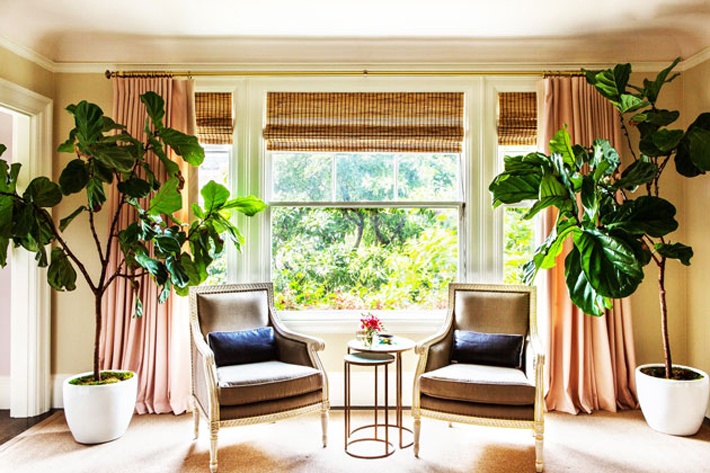
Caution
Parts of the Fiddle Leaf Fig – Ficus Lyrata – are toxic if ingested — be careful with children and pets!
Ficus elastica, otherwise known as the Indian rubber tree, common rubber tree plant, or the common fig tree (Ficus carica, Ficus Lyrata and F.benjamina) contains an irritating sap. When pets are exposed to this plant, it can cause both gastrointestinal (e.g., vomiting, diarrhea) and dermatological (skin) irritation.

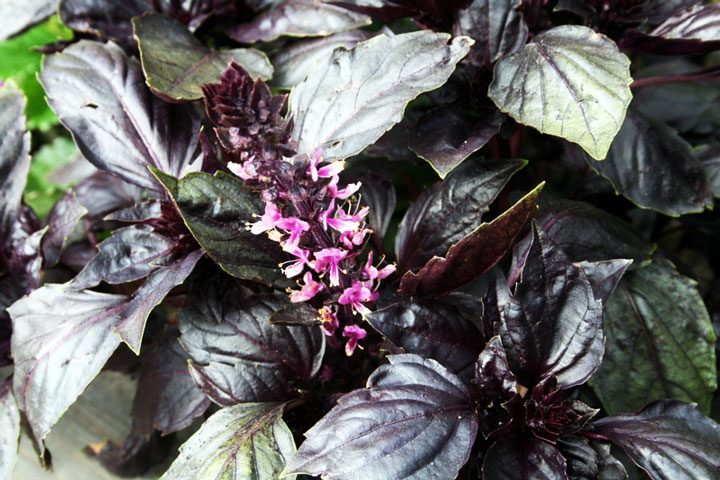
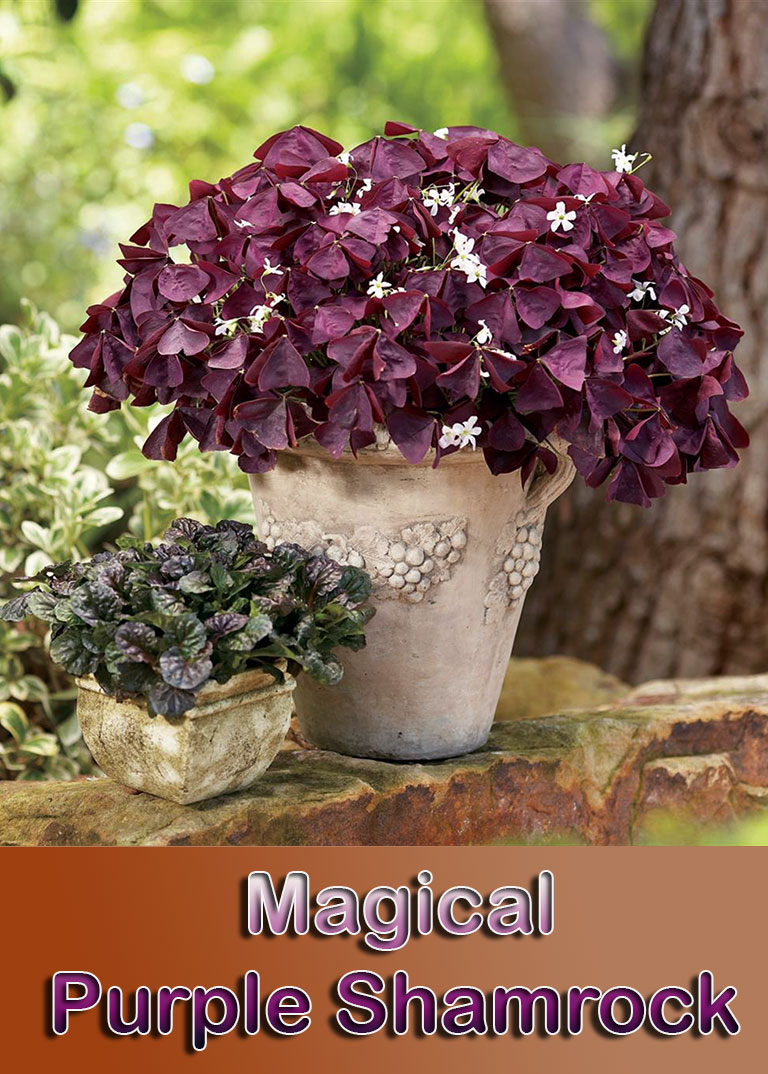

Leave a Reply